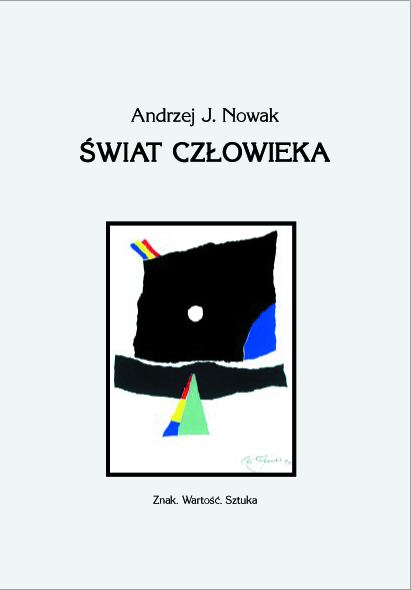|
Besides the introductory essay, the dissertation falls into two parts: two theme sections, and the closing essay. The first of the essays lays down the state of contemporary aesthetics, tracing the four model perceptions of the phenomenon defined as its crisis. Yet, as models and idealistic approaches, they show empty types, or, in other words, these perceptions are the extremities between which the real variety of interpretations of this predicament expands. An analysis of problem area defined in such a way leads to the conclusion that the problems of aesthetics are more than just its internal consideration: they can be perceived as a symptom of crucial dysfunctions in the relationship between human and the world. To paraphrase the words of Jorge Louis Borges, this relationship was graphically characterised as "painting of the world to our own image and likeness".
The formulation of this conclusion closes the introducing essay and is at the same time a bridge to the two main parts of the dissertation. Briefly speaking, they are devoted to considerations of techniques of this painting, based on speech, language and/or symbol — or operating in the terms of values.
The whole closes in the other essay placed outside the latter part of the work. Value through the sign: an attempt at the concept of the field of values. As the title suggests, the essay is an attempt at using earlier considerations for the constructions of a continuous field of values.
|

|